Sonus Paradisi
Doesburg, 1916 [Hauptwerk]
Doesburg, 1916 [Hauptwerk]
No se pudo cargar la disponibilidad de retiro
The Walcker organ of the Martinikerk in Doesburg, Netherlands
The great four manual organ of Oscar Walcker was built as his opus 1855 for the church Nieuwe Zuiderkerk in Rotterdam in 1914-1916. When the church had been demolished in 1968, the organ was sold to the Doesburg parish and transferred to the Martinikerk.
The organs of the Walcker company bear many characteristics which we usually call "romantic" today: predominance of 8' stops carefully selected to provide the widest possible differeciation of the sound color as well as smooth dymanic layering, absence of aliquotes, lower number of reeds,use of darker mixtures, the contrast between the division based on dynamics rather than on timbre, tracker allowing comfortable and light touch and virtuoso playing technique, plenitude of couplers and other playing aids.
The organ allows historically accurate reproduction of the organ music written during the Romantism and later.
Presented to you by Leonart Studio, your authorised reseller for Sonus Paradisi in Switzerland (shipped internationally). Get your digitally sampled historical organs for the use with the Hauptwerk virtual instrument software.
Share this Sample Set
![Doesburg, 1916 [Hauptwerk]](http://artful.shop/cdn/shop/files/ss_Doesburg1.jpg?v=1693274680&width=1445)
![Doesburg, 1916 [Hauptwerk]](http://artful.shop/cdn/shop/files/ss_Doesburg2.jpg?v=1693274679&width=1445)
![Doesburg, 1916 [Hauptwerk]](http://artful.shop/cdn/shop/files/ss_Doesburg3.jpg?v=1693274680&width=1445)
![Doesburg, 1916 [Hauptwerk]](http://artful.shop/cdn/shop/files/ss_Doesburg4.jpg?v=1693274679&width=1445)
![Doesburg, 1916 [Hauptwerk]](http://artful.shop/cdn/shop/files/ss_Doesburg5.jpg?v=1693274679&width=1445)
![Doesburg, 1916 [Hauptwerk]](http://artful.shop/cdn/shop/files/ss_Doesburg6.jpg?v=1693274680&width=1445)
![Doesburg, 1916 [Hauptwerk]](http://artful.shop/cdn/shop/files/ss_Doesburg7.jpg?v=1693274679&width=1445)
![Doesburg, 1916 [Hauptwerk]](http://artful.shop/cdn/shop/files/ss_Doesburg11_3c5edd0c-d808-44cf-8237-bef943d12d25.jpg?v=1693274678&width=1445)
Specification (stop list)
-
Manual I
Prinzipal 16'
Gross-Prinzipal 8'
Bourdon 8'
Viola di Gamba 8'
Jubal-Flöte 8'
Gemshorn 8'
Dulciana 8'
Praestant 4'
Rohr-Flöte 4'
Oktave 2'
Kornett III-V (Silbermann)
Mixtur V (Silbermann)
Trompete 8' -
Manual II
Bourdon 16'
Flöten-Prinzipal 8'
Syntematophon 8'
Doppel-Gedackt 8'
Flute-harmonique 8'
Salicional 8'
Cello 8'
Harmonika 8'
Prinzipal 4'
Orchesterflöte 4'
Piccolo 2'
Kornettino III-IV
Nasard 2 2/3'
Gross-Mixtur V-VII (Silbermann)
Basson 16'
Trompete harmonique 8'
Orchester Oboe 8'
Clairon harmonique 4'
tremolo -
Manual III
Lieblich-Gedackt 16'
Geigen-Prinzipal 8'
Lieblich-Gedackt 8'
Konzert-Flöte 8'
Quintatön 8'
Viola d'amour 8'
Aeoline 8'
Vox-Coelestis 8'
Liebes-Geige 4'
Flauto-Dolce 4'
Flautino 2'
Sesquialtera II
Cymbel III-IV (Silbermann)
Klarinette 8' (free reeds)
tremolo -
Manual IV
Quintatön 16'
Nachthorn 8'
Echo-Bourdon 8'
Echo-Gamba 8'
Vox-Angelika 8'
Spitz-Flöte 4'
Glockenton IV-III
Vox-Humana 8'
Echo-Trompete 8'
tremolo -
Pedal
Grand Bourdon 32' (a)
Prinzipalbass 16'
Subbass 16'
Harmonikabass 16'
Contrabass 16' (b)
Flötenbass 16'
Oktavbass 8'
Flötenbass 8' (c)
Choralbass 4'
Quintbass 10 2/3'
Mixtur V (d)
Bombardon 32'
Posaune 16'
Tuba 8'
Zwelwerkpedaal
Gedecktbass 16' (f)
Echobass 16' (g)
Bourdon doux 8' (h)
Bassflöte 8' (i)
Violoncello 8' (j)
Bassonbass 16' (k)
Clairon harmonique 4' (e)
(a) - acoustique, Contrabass + Quintbass.
(b) - transmission from Man. I. Prinzipal 16'.
(c) - transmission from Man. I. Jubalflöte 8'.
(d) - transmission from Man. I. Mixtur.
(e) - transmission from Man. II. Clairon harmonique 4'.
(f) - transmission from Man. III. Lieblich Gedackt 16'.
(g) - transmission from Man. IV. Quintatön 16'.
(h) - transmission from Man. IV. Echo Bourdon 8'.
(i) - transmission from Man. III. Konzertflöte 8'.
(j) - transmission from Man. II. Cello 8'.
(k) - transmission from Man. II. Basson 16'.
-
Other specification
Couplers
normal: II - I, III - I, IV - I, III - II, IV - III
pedal: I - P, II - P, III - P, IV - P
melodie: II - I, I - II, II - III, III - II, IV - III
bassmelodie: P - I, P - II, P - III, P - IV
suboctave: II - I, III - I, III - II, IV - IV
superoctave: II - I, III - I, III - II, IV - IV, II - P
Other playinig aid
Unison off for Man. I
General Coupler
Crescendo
Rücklauf für Crescendo (hardware device to run the Crescendo backwards, omitted)
Couplers off from the Crescendo (one by one)
General Coupler off from the Crescendo
Combinations P., Mf., F., Tutti without mixtures and reeds, Tutti
Automatic Piano Pedal (the user can pre-set different registrations for the pedal. Such a preset is engaged automatically whenever the specified keyboard is touched. Thus, the pedal stops are automatically and quickly changed whenever the user "jumps" with his hands to a different keyboard.)
Handregister off, reeds off, mixtures off, Manuaal 16' stops off, crescendo off.
4 free combinations (omitted since there is large number of free combinations available)
Calcant (no functionality on the original instrument, the sample set uses this switch as a blower switch)
Compass
Manuals: 5 octaves, 61 tones. Most stops have an internal treble extensions (6th octave) for the super-octave couplers (73 pipes in total for each stop).
Pedal: 30 tones (C - f1)
The virtual model extends the compass to 32 keys.
History
The Walcker organ of the Martinikerk in Doesburg, Netherlands
The great four manual organ of Oscar Walcker was built as his opus 1855 for the church Nieuwe Zuiderkerk in Rotterdam in 1914-1916. The construction of the church and the organ was sponsored by brothers Bos who were organists themselves and who had certain predilection for the organbuilding techniques represented by the lastest achievements of German organbuilders. For this reason, the modern organ with an electro-pneumatic action was commissioned to the Walcker and Co. When the church had been demolished in 1968, the organ was sold to the Doesburg parish and transferred to the Martinikerk. This church lost its own organ during the bombardment of the 2nd World War when its spire was destroyed. Although different (neobaroque) organ fashion was governing at that time, the authorities of the church made the fortunate decision to acquire the Walcker organ which is now pride of the town and a true historical monument, because there are only few large Walcker organs preserved without major rebuilding.
The organs of the Walcker company bear many characteristics which we usually call "romantic" today: predominance of 8' stops carefully selected to provide the widest possible differeciation of the sound color as well as smooth dymanic layering, absence of aliquotes, lower number of reeds,use of darker mixtures, the contrast between the division based on dynamics rather than on timbre, tracker allowing comfortable and light touch and virtuoso playing technique, plenitude of couplers and other playing aids.
Nevertheless, the opus 1855 exhibits also the influence of the Alsace organ reform after Emil Rupp. The elements of this sound concept were: more reeds in the French fashion after Cavaillé-Coll, large swell divisions (there are three swell boxes available), brighter mixtures and cornets after Silbermann - the builder proudly engraved the name of the Freiberg master to the largest pipes of the stops made according to the Silbermann scales. An extraordinary feature of the organ which brings the idea of brighter sound color further is the treble rank extensions. Although the compass of manuals is already large - five full octaves, there is a sixth treble octave available for many stops and comes into use when the octave coupler is engaged.
Originally, the organ had an echo division positioned above the vault of the Rotterdam church while the sound was driven through 22 meters long channel into the church nave. This feature was not rebuilt in Doesburg, but the echo division is not lost. It is now seated on top of the organ case in a swell box.
The organ allows historically accurate reproduction of the organ music written during the Romantism and later.
Further reading: Orgelreform in Nederland. Het orgal van de Grote of Martinikerk te Doesburg. Willem Jan Cevaal (ed.), Walburg Pers, 2003. ISBN 90-5730-265-9.
Features
Prerequisities
The Hauptwerk version: This organ model requires Hauptwerk version 5 or higher. Only the advanced version of Hauptwerk is suitable for running this virtual model.
Sample Quality
The samples are offered in 24bit/48kHz quality, multiple releases (3 levels). The sample set is encrypted and dongle protected. The reverberation time is up to 6 seconds for the ambiental version. The sample set is offered in the surround (six channels) variant. The dry version (two channels) is also available for use with an external reverb.
The organ offers a wide range of dB, from pianissimo to a great fortissimo. The audio level is set as default so as not to overload the soundcard output when reasonable tutti is played. If the volume is turned up considerably beyond the default setting, there could be a danger of blowing the speakers.
The Compass
The original compass of the manuals is 61 keys, i.e. 5 octaves. Most stops have an internal extension to 73 tones (6 octaves) to be used with the super octave couplers. The same compass is available in the virtual model. The pedal compass is 30 tones, the extended pedal compass of the virtual organ model is 32 tones (C-g1).
Tremulants
Many ranks offer recorded tremmed samples (recorded tremulants). These special tremmed ranks can be identified by the word "tremmed" in the rank description. Load these special ranks together with the normal ranks to get the correct behavior with the tremulant engaged. On the rest of the ranks, the Hauptwerk tremulant model is active.
Pipe Coupling
Pipe coupling feature is introduced with this sample set. Great enhancement of the realism of the sample set. Read about it more.
Surround: the surround recording uses 6 independent channels for each virtual pipe. The sound of the organ pipes is captured by the front microphones, the church response by the rear microphones. There are 4 front channels (dry and diffuse) used to supply the sound of the organ to the front speakers, while the 2 other channels (rear) offer the response of the church. You can use these 2 channels to feed your surround (rear) speakers. Please note, that at least 4 speakers are needed to reproduce the surround sample set variant.
Tip: In the church where the organ was built originally, the IVth manual was an Echo division (Fernwerk). It may be a good idea to swap the front and rear channels for the ranks of the IVth manual so that you get the effect of an Fernwerk.
Dry: The dry channels solo may be used for special purposes only. An addition of external reverb is necessary! If used in large reverberant spaces (such as churches) a lot of user voicing will be necessary to match the sound of the virtual pipes to the acoustics of the venue.
Wet: For use in headphones or other 2-channels environment: please disable all the ranks marked by the word "rear" and "dry" in the rank audio output dialog when loading the organ for the first time. The diffuse ranks solo form a 2-channel wet sample set.
Tips:
The dry channels mixed into the to the diffuse and rear perspectives provide considerable amount of detail to the result. Thus, the "presence" of the audio is greatly enhanced. Do not exaggerate the amplitude of the dry channels in the mix, or the result may start sounding unrealistic.
It may be good idea to route the dry channels through a separate output bus, while adding a bit of suitable convolution reverb to the dry channels, before mixing them back to the diffuse channels.
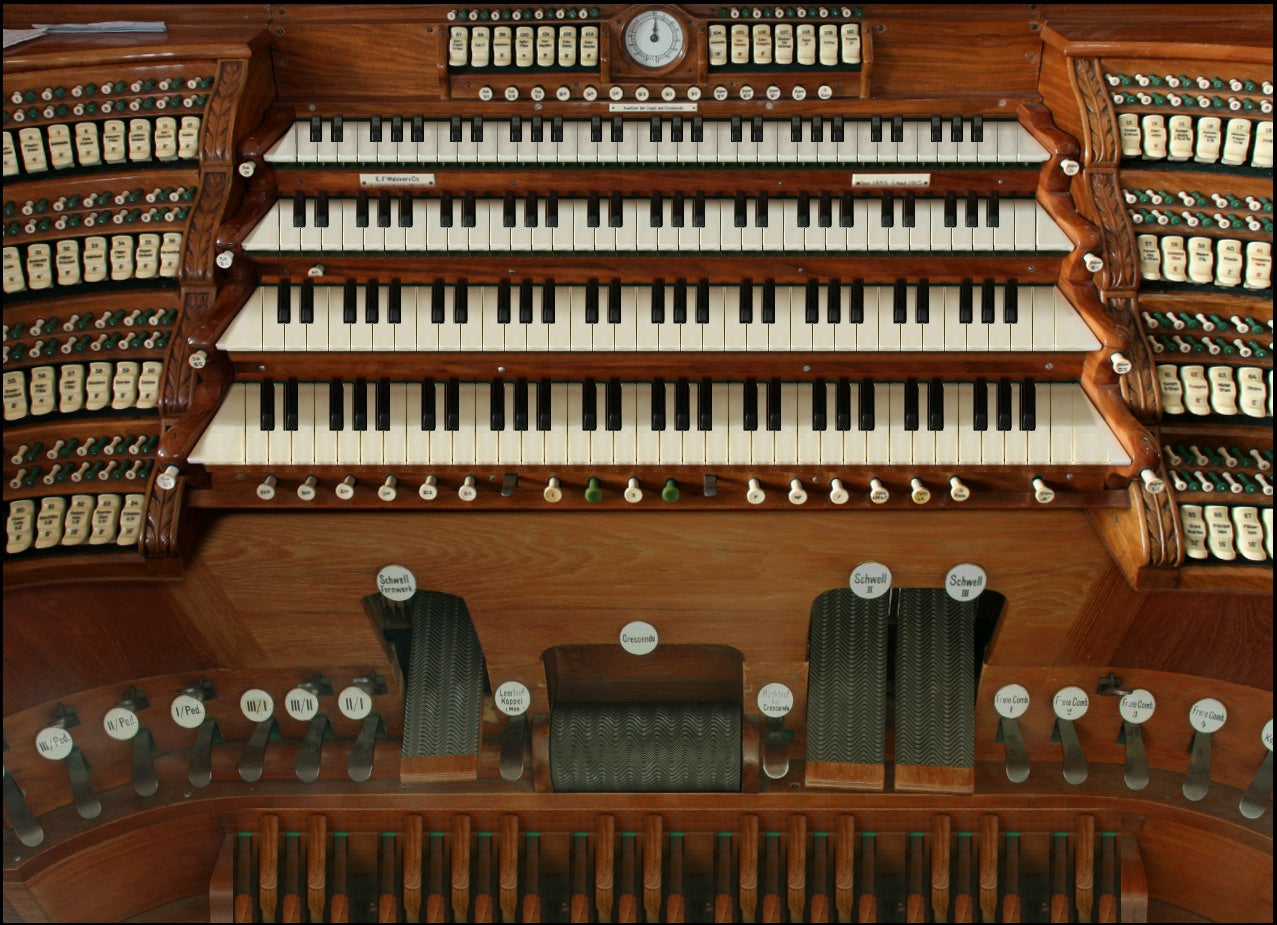


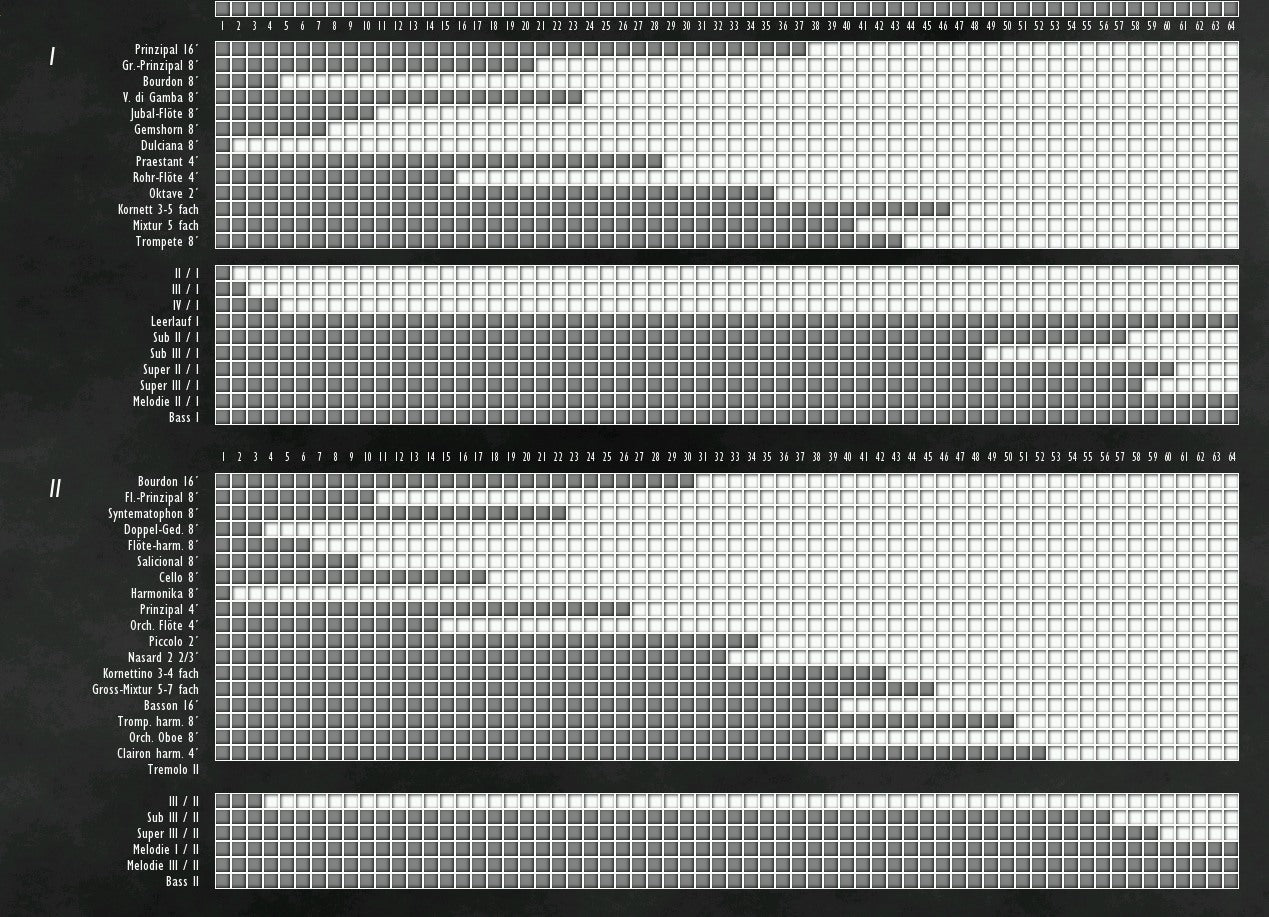
Requirements
The Hauptwerk version: This organ model requires Hauptwerk version 5 or higher. Only the advanced version of Hauptwerk is suitable for running this virtual model.
Surround:
CPU: polyphony of 10.000 required, 15.000 or more recommended.
RAM requirements
16-bit: 23.8 GB
20-bit: 41,9 GB
24-bit: 45,5 GB
HDD space occupied: approx. 60 GB.
Dry:
CPU: polyphony of 1.500 simultaneous pipes required.
RAM requirements
16-bit: ca. 5.4 GB
20-bit: ca. 7.6 GB
24-bit: ca. 9.2 GB
Wet:
CPU: polyphony of 3.000 required
RAM requirements (diffuse channels solo, full load using the memory compression):
16-bit: ca. 10 GB
20-bit: ca. 18 GB
24-bit: ca. 20 GB
This Hauptwerk Sample Set is presented to you by Leonart Studio, an authorised reseller for the manufacturer Sonus Paradisi in Switzerland (shipping internationally). Enjoy this digitally sampled organ library for the use with Hauptwerk software and start expanding your historical organ collection today.
0
Total de artículos
CHF 0.00
Subtotal de productos
More Hauptwerk Sample Sets
-
Casavant, 1995 [Hauptwerk]
Proveedor:Sonus ParadisiPrecio habitual CHF 174.90Precio habitualPrecio unitario / por -
Reuter, 1928 [Hauptwerk]
Proveedor:Sonus ParadisiPrecio habitual CHF 473.00Precio habitualPrecio unitario / por -
Rotterdam Hoofdorgel, 1973 [Hauptwerk]
Proveedor:Sonus ParadisiPrecio habitual A partir de CHF 330.00Precio habitualPrecio unitario / porCHF 958.10Precio de oferta A partir de CHF 330.00Oferta -
Groningen, 1450-1740 [Hauptwerk]
Proveedor:Sonus ParadisiPrecio habitual A partir de CHF 658.90Precio habitualPrecio unitario / porCHF 1,681.90Precio de oferta A partir de CHF 658.90Oferta -
Goerlitz, 2006 [Hauptwerk]
Proveedor:Sonus ParadisiPrecio habitual A partir de CHF 328.90Precio habitualPrecio unitario / por -
Bückeburg, 1997 [Hauptwerk]
Proveedor:Sonus ParadisiPrecio habitual A partir de CHF 1.10Precio habitualPrecio unitario / por -
Brasov, 1839 [Hauptwerk]
Proveedor:Sonus ParadisiPrecio habitual CHF 418.00Precio habitualPrecio unitario / por -
St. Omer, 1717-1855 [Hauptwerk]
Proveedor:Sonus ParadisiPrecio habitual CHF 323.40Precio habitualPrecio unitario / porCHF 410.96Precio de oferta CHF 323.40Oferta -
Stellwagen organ, St. Marien, Stralsund (1659)
Proveedor:Sonus ParadisiPrecio habitual CHF 858.00Precio habitualPrecio unitario / por -
![Clavichord Model [Hauptwerk]](//artful.shop/cdn/shop/files/ss_clavichord.jpg?v=1724310155&width=533) Agotado
AgotadoClavichord Model [Hauptwerk]
Proveedor:Sonus ParadisiPrecio habitual CHF 33.00Precio habitualPrecio unitario / por

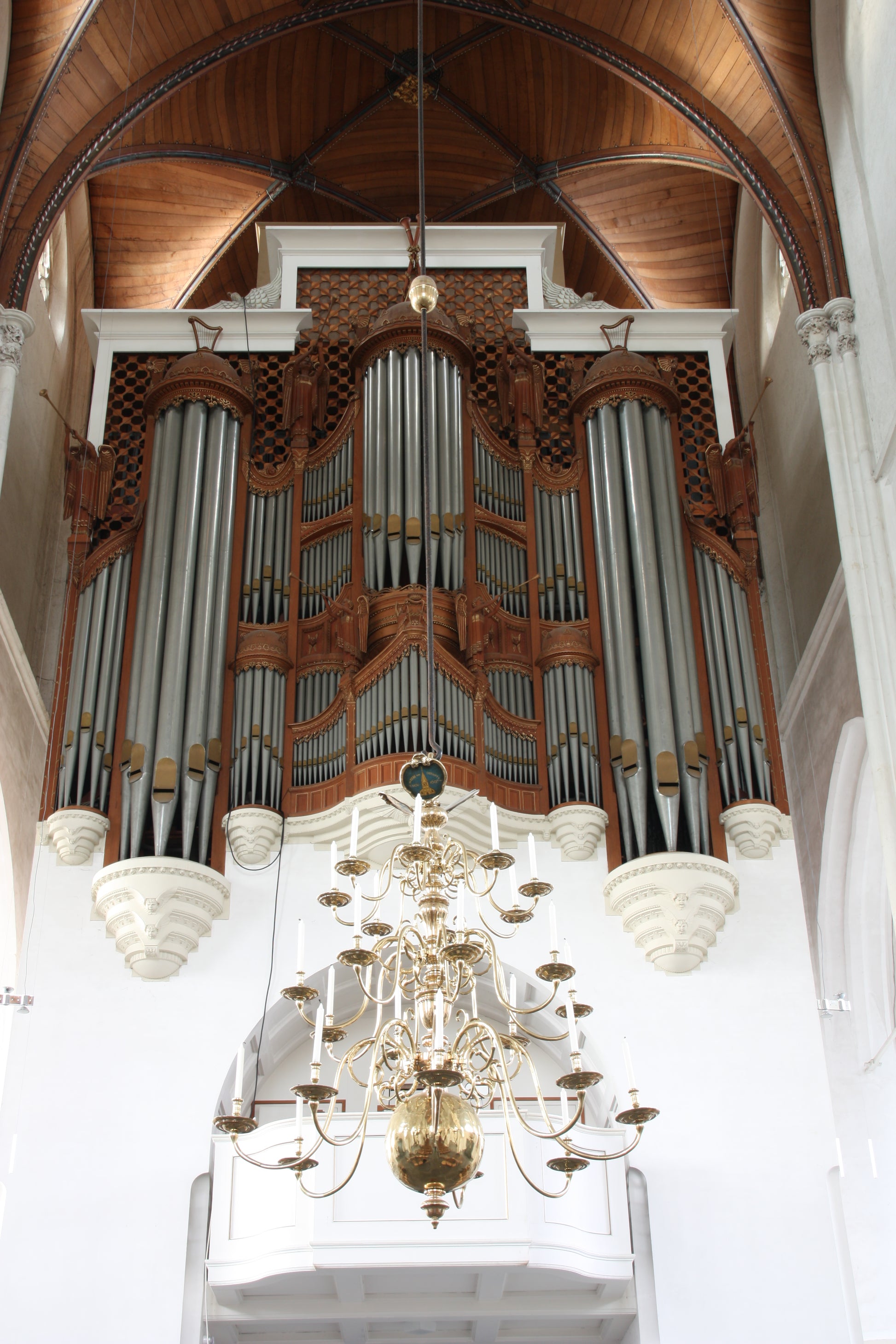
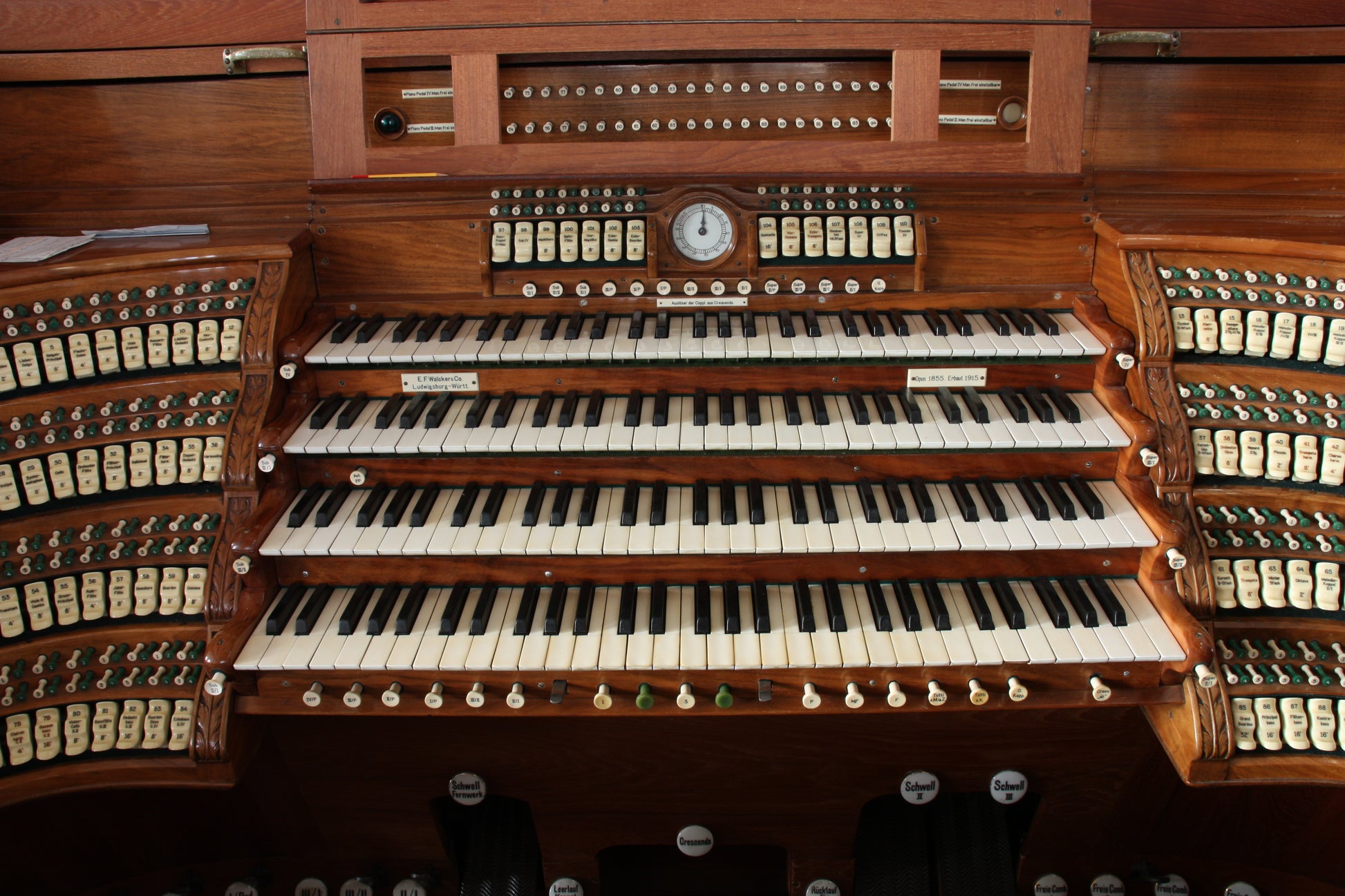
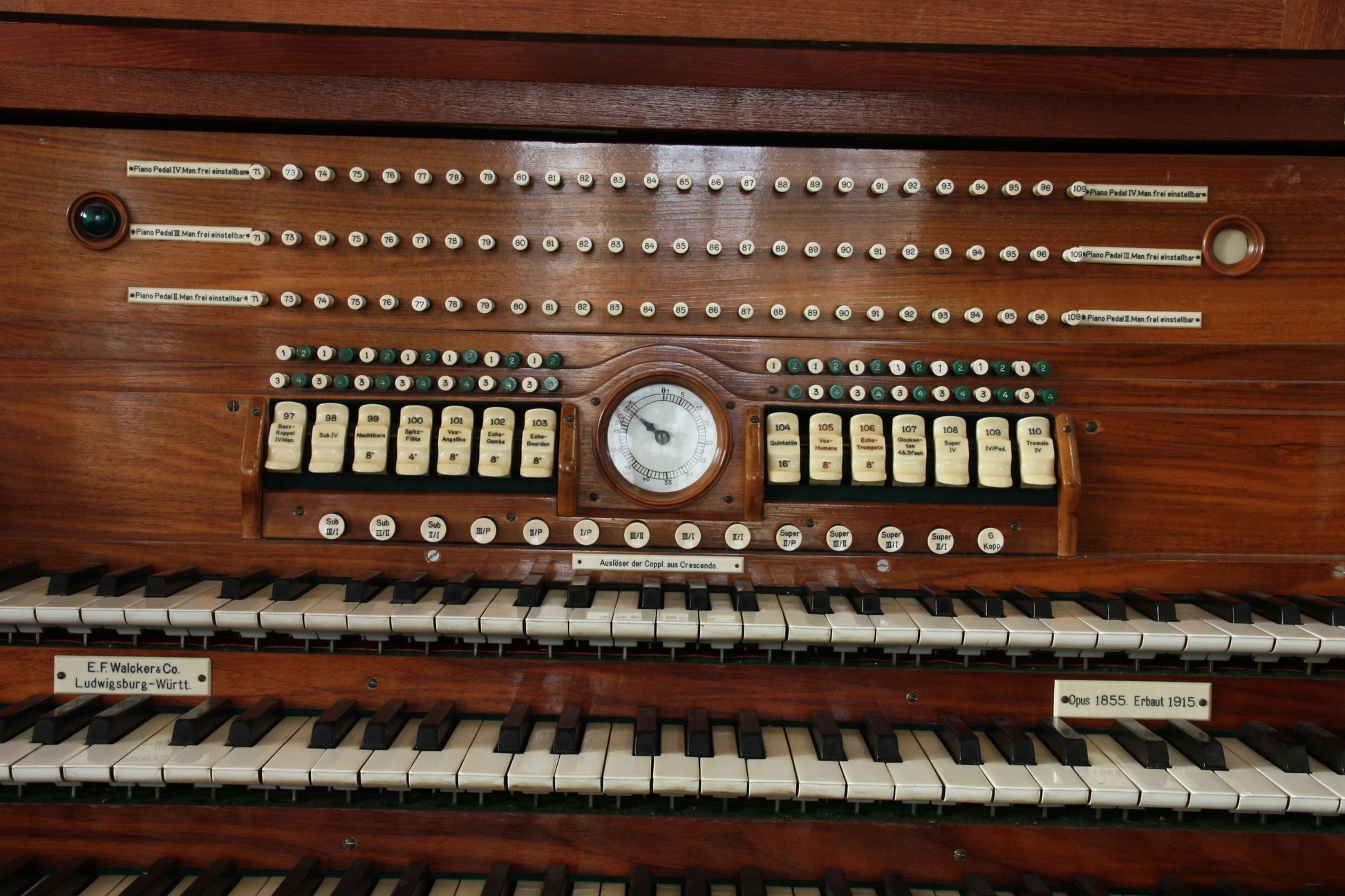
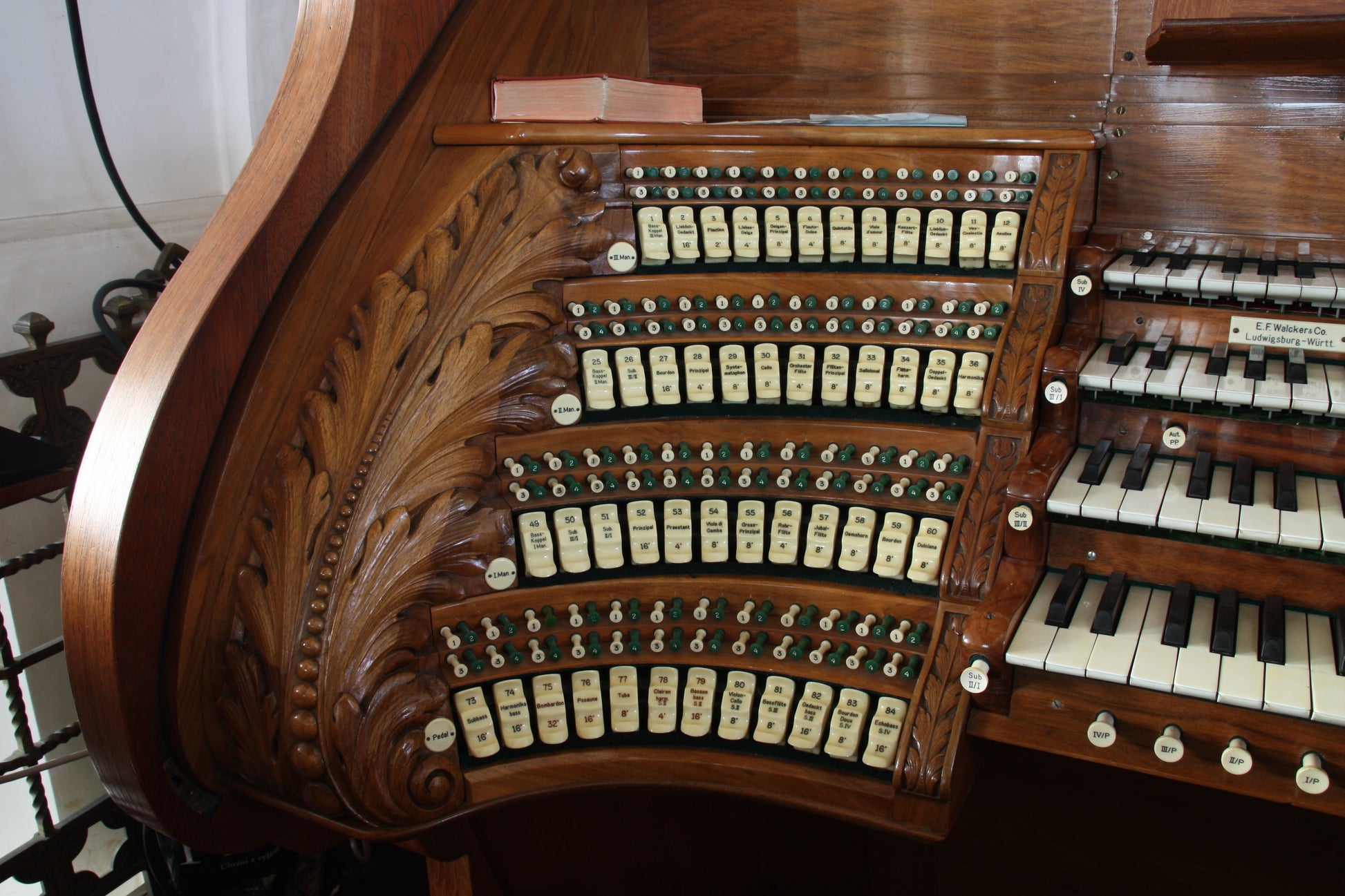
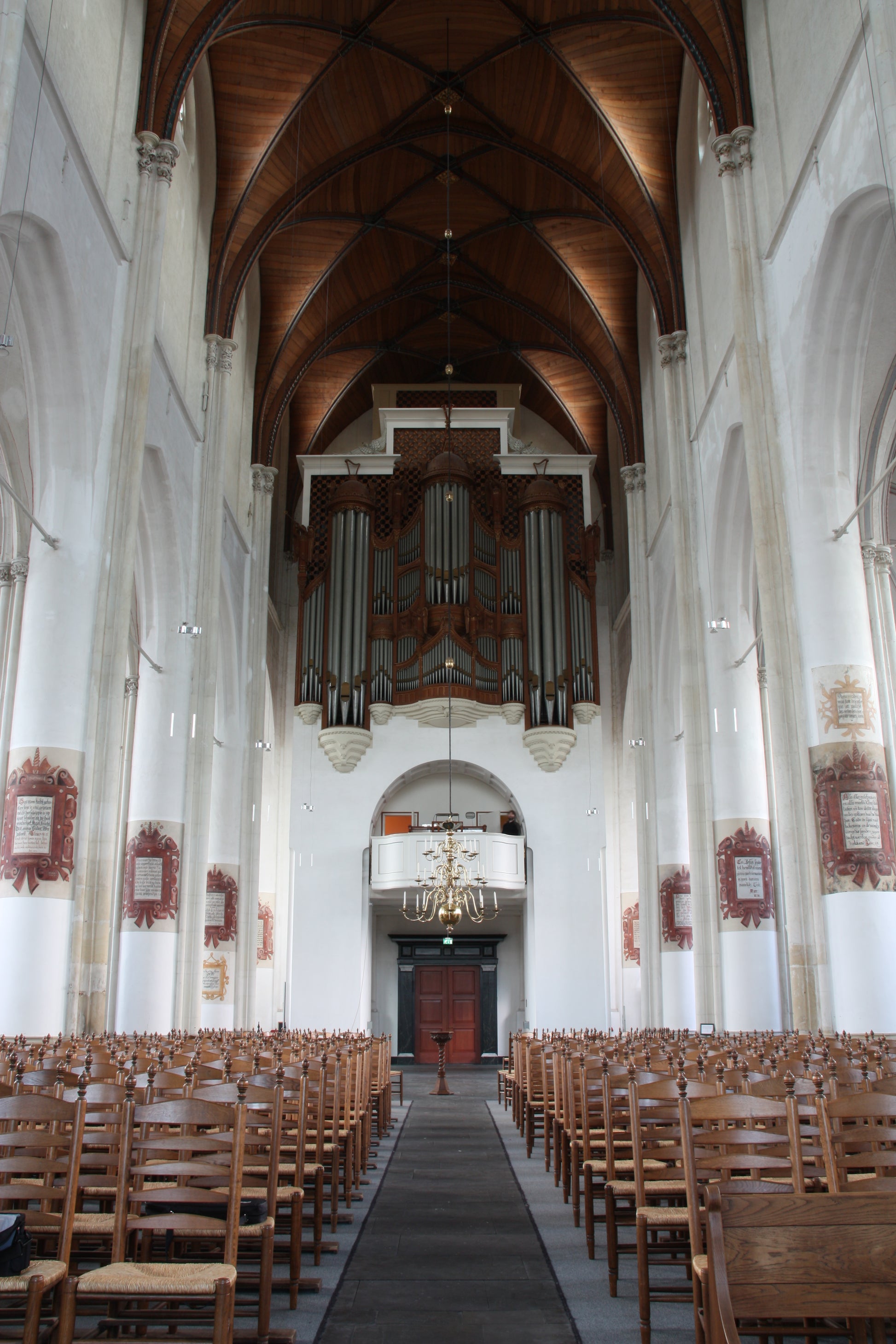
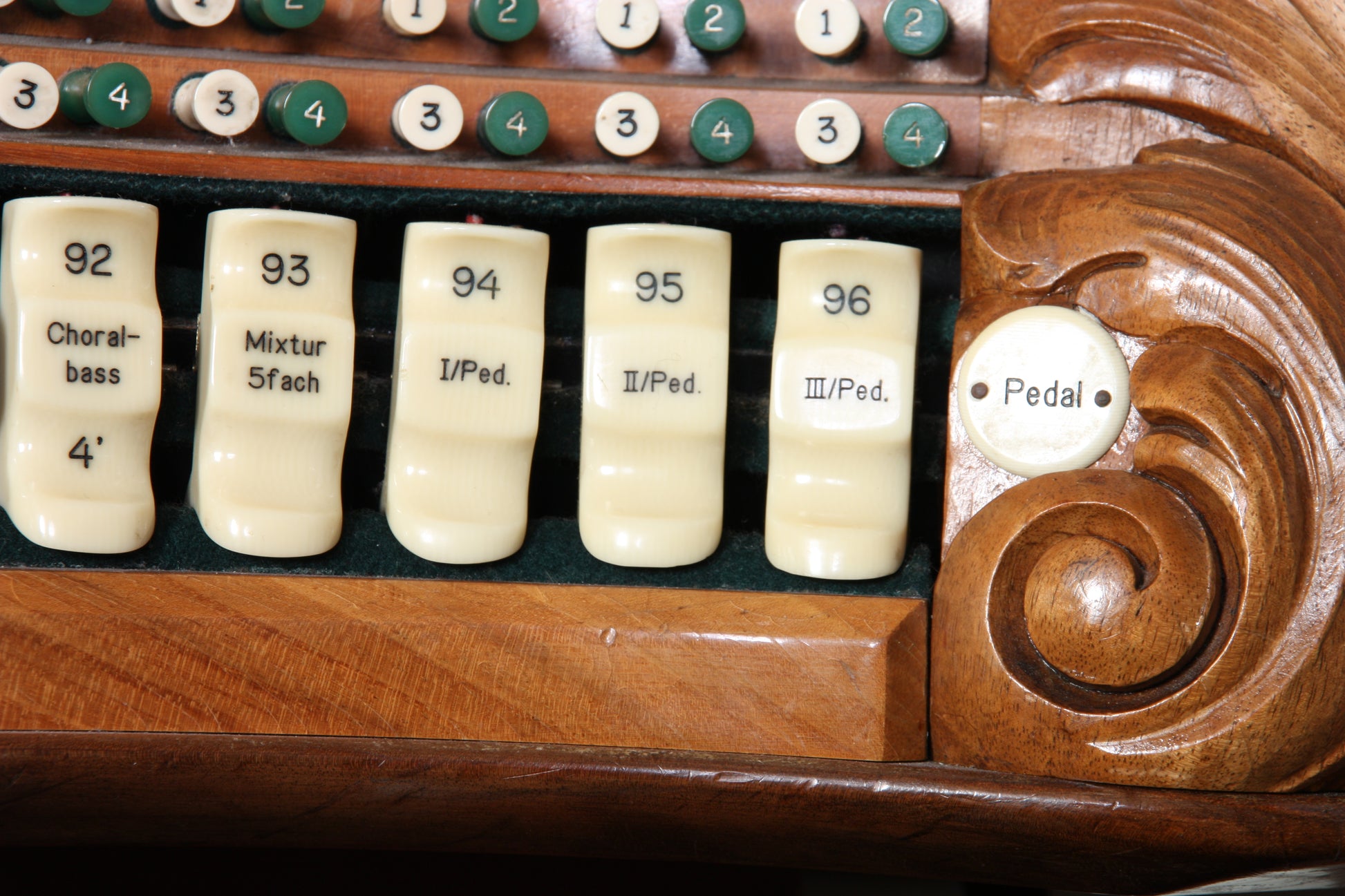


![Casavant, 1995 [Hauptwerk]](http://artful.shop/cdn/shop/files/ss_casavant1.jpg?v=1693319885&width=533)
![Reuter, 1928 [Hauptwerk]](http://artful.shop/cdn/shop/files/ss_Reuter1.jpg?v=1693321024&width=533)
![Rotterdam Hoofdorgel, 1973 [Hauptwerk]](http://artful.shop/cdn/shop/files/ss_RotterdamMain1.jpg?v=1693279529&width=533)
![Groningen, 1450-1740 [Hauptwerk]](http://artful.shop/cdn/shop/files/ss_Groningen1.jpg?v=1693275425&width=533)
![Goerlitz, 2006 [Hauptwerk]](http://artful.shop/cdn/shop/files/ss_goerlitz1.jpg?v=1692995837&width=533)
![Bückeburg, 1997 [Hauptwerk]](http://artful.shop/cdn/shop/files/ss_bueckeburg1.jpg?v=1692967628&width=533)
![Brasov, 1839 [Hauptwerk]](http://artful.shop/cdn/shop/files/ss_brasov1.jpg?v=1692967057&width=533)
![St. Omer, 1717-1855 [Hauptwerk]](http://artful.shop/cdn/shop/files/ss_omer1.jpg?v=1692904128&width=533)
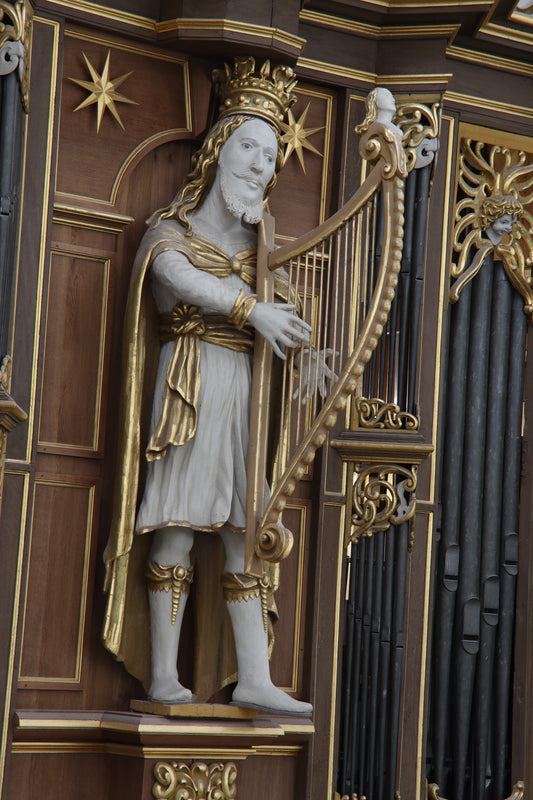
![Clavichord Model [Hauptwerk]](http://artful.shop/cdn/shop/files/ss_clavichord.jpg?v=1724310155&width=533)